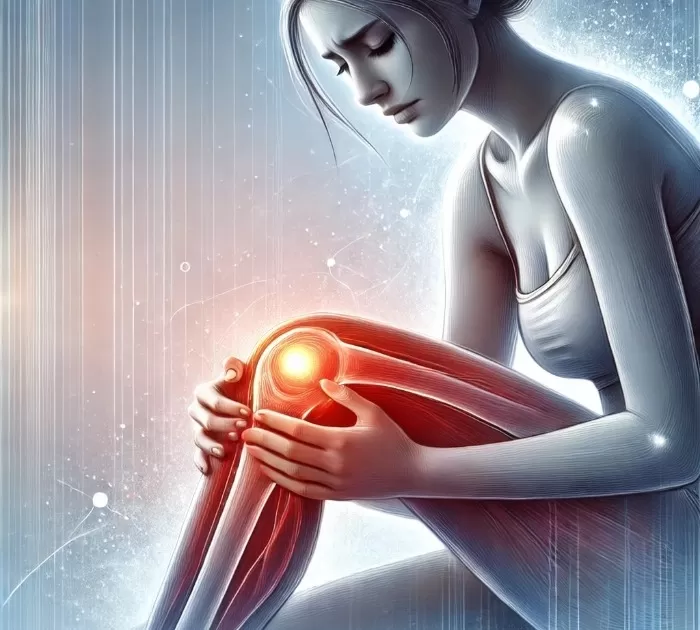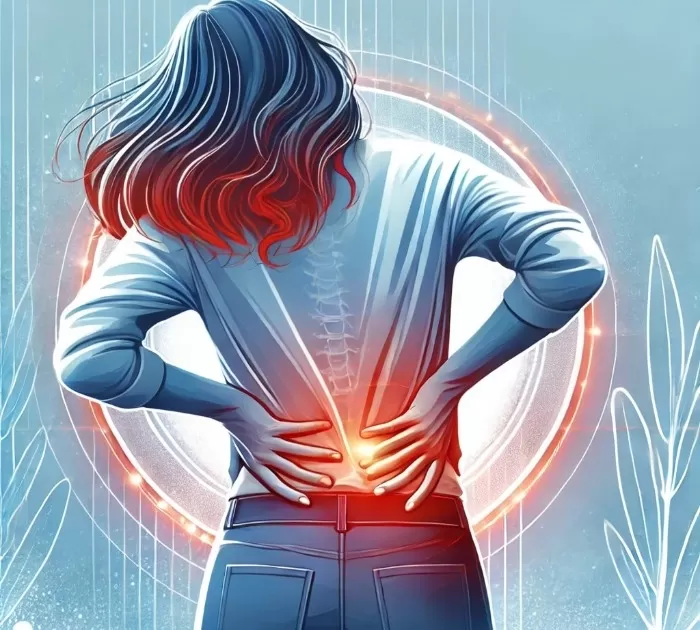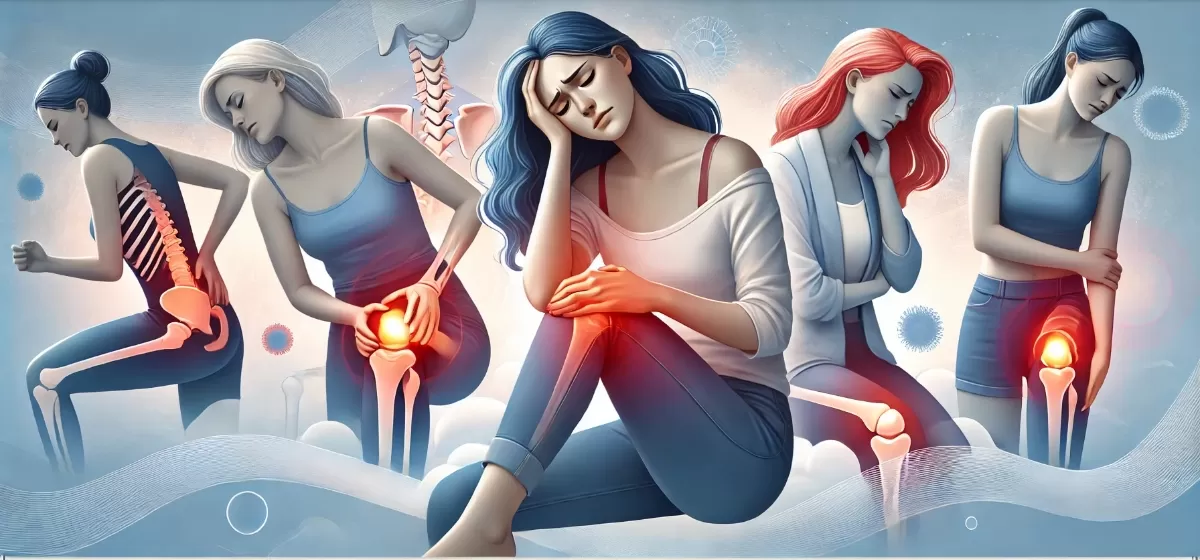Introduction
Joint pain and muscle aches are common symptoms of menopause, affecting many women as their hormone levels change. The most common areas effected are the knees, hips, hands and fingers, neck and lower back.
Several factors can increase joint pain for women and it is not just the menopause that can impact on the onset of aches and muscle stiffness. Age is a major factor, contributing to general wear and tear as well as excess weight which adds extra strain to joints. Lifestyle also plays a big part, with lack of physical activity or repetitive movements, and poor posture can contribute to joint pain. Certain professions see an increase in joint pain from work related physical activity that strains the hands, back or knees.



